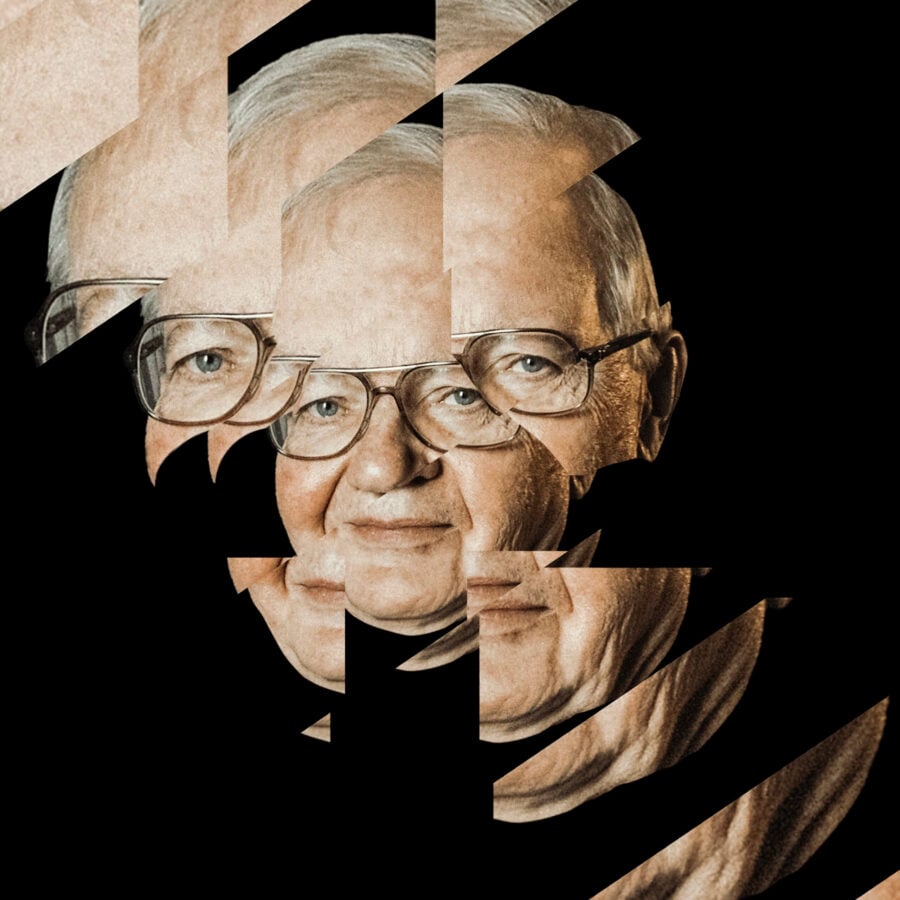
Collage by Matthieu Bourel. Source image © NTB/Sipa USA
Discussed in this essay:
Inventions of a Present: The Novel in Its Crisis of Globalization, by Fredric Jameson. Verso. 272 pages. $34.95.
It is characteristic of literature departments to see waves come and go. Fredric Jameson represents something like the lapping at the shoreline, which doesn’t go away and never ceases to turn up interesting things: shells, coins, and specimens of marine life heretofore unseen. Not only has Jameson been ceaselessly productive—he has often come bearing news, for more than fifty years.
His topics might at first have seemed esoteric. They became increasingly less so. Jameson initially achieved renown…


